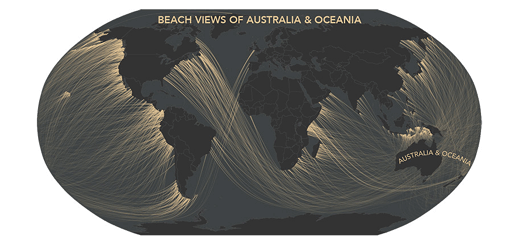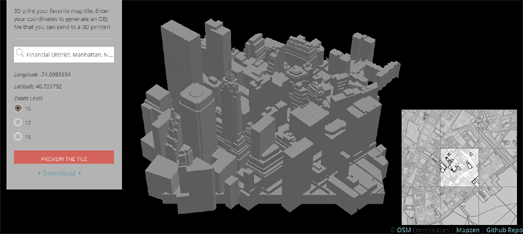Сообщения
Сообщения за ноябрь, 2016
What's Across the Ocean?
- Получить ссылку
- X
- Электронная почта
- Другие приложения
Printing 3D Models of Maps
- Получить ссылку
- X
- Электронная почта
- Другие приложения
3d Marathon Mapping
- Получить ссылку
- X
- Электронная почта
- Другие приложения
How the World is Connected
- Получить ссылку
- X
- Электронная почта
- Другие приложения
Mapping London's Winter Wonderland
- Получить ссылку
- X
- Электронная почта
- Другие приложения
How to Map Your Videos
- Получить ссылку
- X
- Электронная почта
- Другие приложения
The Occult Map of London
- Получить ссылку
- X
- Электронная почта
- Другие приложения
Mapping the Universe
- Получить ссылку
- X
- Электронная почта
- Другие приложения
The Homeless of LA
- Получить ссылку
- X
- Электронная почта
- Другие приложения
Mapping Car Accidents in Birmingham
- Получить ссылку
- X
- Электронная почта
- Другие приложения
Thank Sampson County this Thanksgiving
- Получить ссылку
- X
- Электронная почта
- Другие приложения
Mapping Montreal's Hot Spot of Crime
- Получить ссылку
- X
- Электронная почта
- Другие приложения
Scotland's Mountain Bike Trails
- Получить ссылку
- X
- Электронная почта
- Другие приложения
Hiking with Street View
- Получить ссылку
- X
- Электронная почта
- Другие приложения
Mapped Picture Search
- Получить ссылку
- X
- Электронная почта
- Другие приложения
Dutch Immigration
- Получить ссылку
- X
- Электронная почта
- Другие приложения
Alternative Energy in the UK
- Получить ссылку
- X
- Электронная почта
- Другие приложения
The 3D Map of the Cultural Landscape
- Получить ссылку
- X
- Электронная почта
- Другие приложения
How Big is Trump's Wall?
- Получить ссылку
- X
- Электронная почта
- Другие приложения
The Periodic Table Interactive Map
- Получить ссылку
- X
- Электронная почта
- Другие приложения
The 3D Ski Map
- Получить ссылку
- X
- Электронная почта
- Другие приложения
Memorial for Planet Earth
- Получить ссылку
- X
- Электронная почта
- Другие приложения
San Francisco Commuting Times
- Получить ссылку
- X
- Электронная почта
- Другие приложения
Mapping the Supermoon
- Получить ссылку
- X
- Электронная почта
- Другие приложения
Maps of the Fortnight
- Получить ссылку
- X
- Электронная почта
- Другие приложения
Mapping the History of American Elections
- Получить ссылку
- X
- Электронная почта
- Другие приложения
Mapping School Funding Cuts
- Получить ссылку
- X
- Электронная почта
- Другие приложения
Where Trump Won
- Получить ссылку
- X
- Электронная почта
- Другие приложения
America Goes to the Devil
- Получить ссылку
- X
- Электронная почта
- Другие приложения
Live Election Maps
- Получить ссылку
- X
- Электронная почта
- Другие приложения
Mapping Possible Voting Issues
- Получить ссылку
- X
- Электронная почта
- Другие приложения
The History of Leather
- Получить ссылку
- X
- Электронная почта
- Другие приложения
Election for Sale
- Получить ссылку
- X
- Электронная почта
- Другие приложения
Mapping the Journey of New York's Trash
- Получить ссылку
- X
- Электронная почта
- Другие приложения
The Gerrymandered States of America
- Получить ссылку
- X
- Электронная почта
- Другие приложения
Mapping New York's Trees
- Получить ссылку
- X
- Электронная почта
- Другие приложения
Hiking the Grand Canyon
- Получить ссылку
- X
- Электронная почта
- Другие приложения
Juan Mata Maps the World
- Получить ссылку
- X
- Электронная почта
- Другие приложения
ISS Spotting
- Получить ссылку
- X
- Электронная почта
- Другие приложения
The Only Election Map You Need
- Получить ссылку
- X
- Электронная почта
- Другие приложения
Fantastic Beasts on Street View
- Получить ссылку
- X
- Электронная почта
- Другие приложения
The Languages of New York
- Получить ссылку
- X
- Электронная почта
- Другие приложения








































